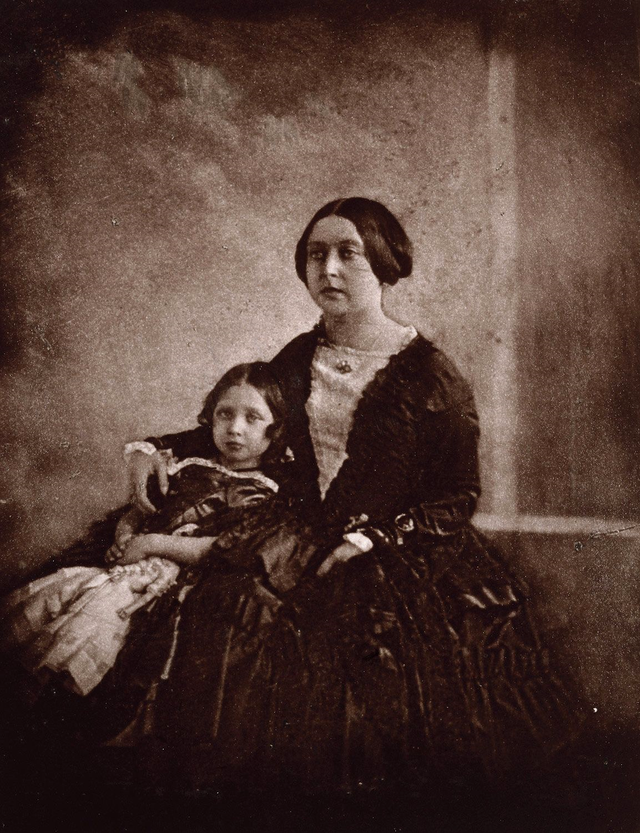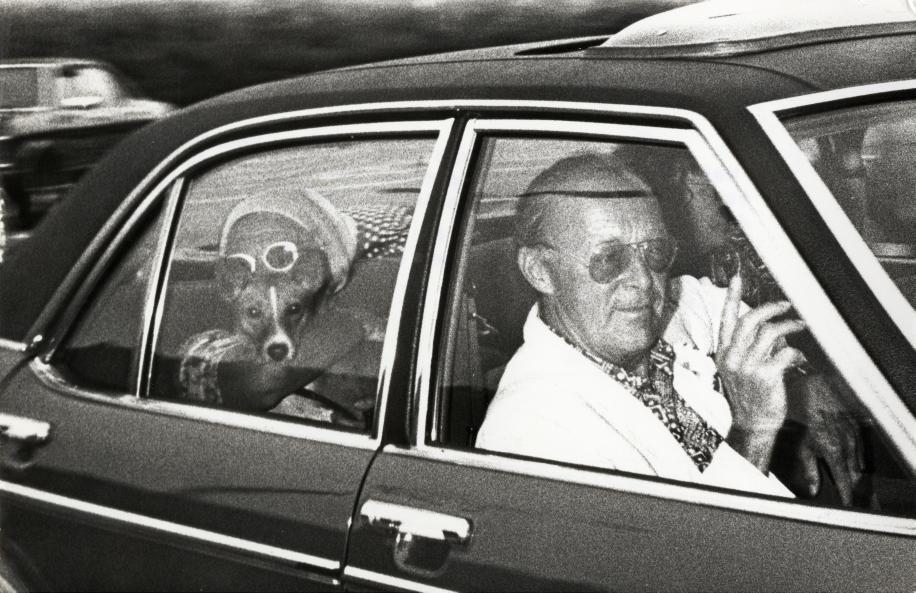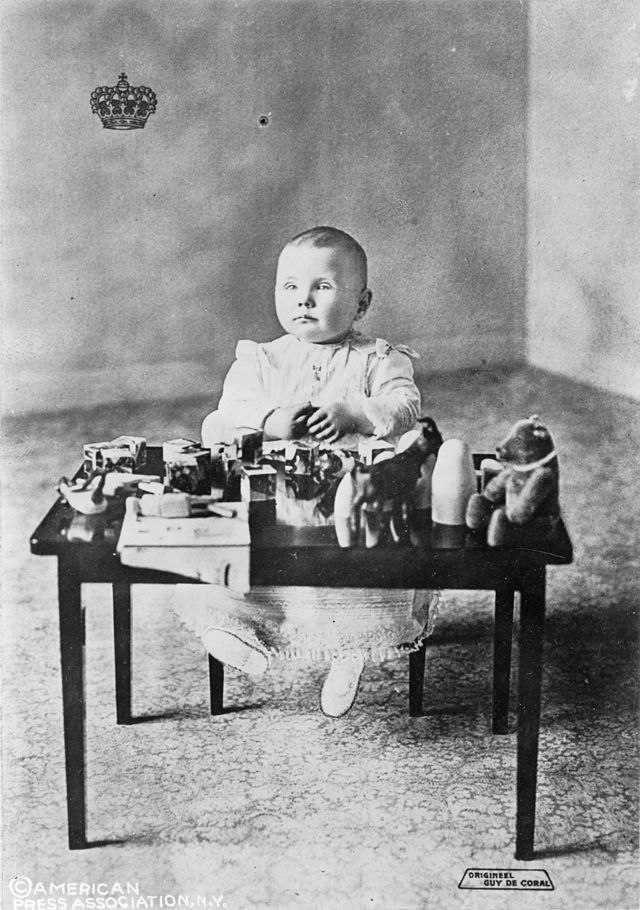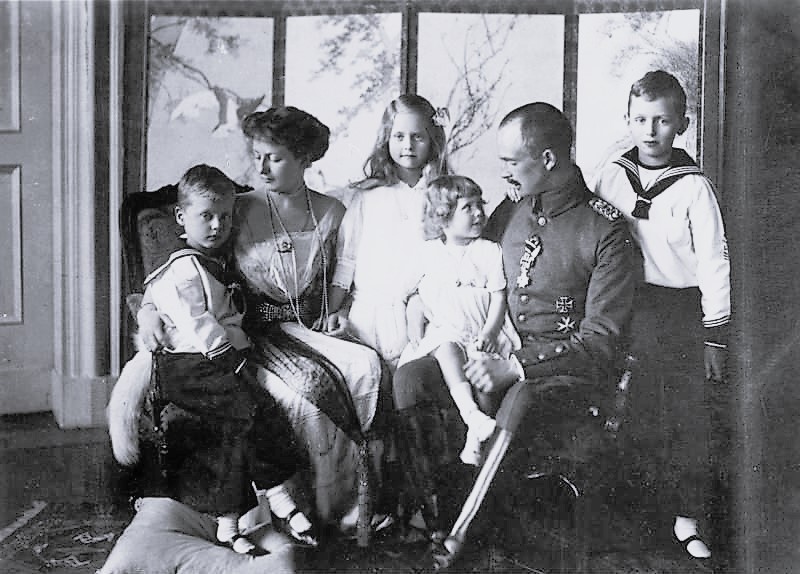by Scott Mehl © Unofficial Royalty 2015
Grand Duchy of Hesse and by Rhine: The House of Hesse-Darmstadt was one of several branches of the House of Hesse. After the fall of the Holy Roman Empire in 1806, the Landgraviate of Hesse-Darmstadt was raised to the Grand Duchy of Hesse, and Ludwig X, Landgrave of Hesse-Darmstadt became the first Grand Duke, Ludwig I. Several years later, at the Congress of Vienna, Ludwig was forced to cede his Westphalian territories but in return was given the Rheinhessen region and the Grand Duchy of Hesse became the Grand Duchy of Hesse and by Rhine. Ernst Ludwig, a grandson of Queen Victoria, was the last Grand Duke of Hesse and by Rhine. With the fall of the German states, Ernst Ludwig refused to abdicate but still lost his throne on November 9, 1918. Today the territory that encompassed the Grand Duchy of Hesse and by Rhine is in the German state of Hesse.
********************

Ludwig IV, Grand Duke of Hesse and by Rhine; Credit – Wikipedia
Grand Duke Ludwig IV of Hesse and by Rhine was the husband of Princess Alice of the United Kingdom, second daughter of Queen Victoria of the United Kingdom and Prince Albert of Saxe-Coburg and Gotha. He was born Prince Friedrich Wilhelm Ludwig Karl on September 12, 1837, in Darmstadt, Grand Duchy of Hesse and by Rhine, now in Hesse, Germany, the eldest of four children of Prince Karl of Hesse and by Rhine (a son of Grand Duke Ludwig II of Hesse and by Rhine and younger brother of Grand Duke Ludwig III of Hesse and by Rhine) and his wife, Princess Elisabeth of Prussia (a granddaughter of King Friedrich Wilhelm II of Prussia).
Ludwig had three siblings:
- Prince Heinrich of Hesse and by Rhine (1838 – 1900), married (1) Baroness Caroline of Nidda, had children (2) Baroness Emilie of Dornberg, had children
- Princess Anna of Hesse and by Rhine (1843 – 1865), married Friedrich Franz II, Grand Duke of Mecklenburg-Schwerin, had children
- Prince Wilhelm of Hesse and by Rhine (1845-1900), married Baroness Josephine of Lichtenberg, had children

photo: Wikipedia
Ludwig began his military training in 1854, along with his younger brother Heinrich, and the two later studied at the University of Göttingen and the University of Giessen. But from an early age, Ludwig was destined for a military career. He led the Hessian forces in the Austro-Prussian War of 1866 and the Franco-Prussian War of 1870-1871.

The Marriage of Princess Alice, 1st July 1862 by George Housman Thomas; Credit – Royal Collection Trust/© Her Majesty Queen Elizabeth II 2017
On July 1, 1862, he married Princess Alice at Osborne House on the Isle of Wight, England. The wedding was a rather subdued affair, as Alice’s father had died seven months earlier, and the family was still in official mourning. At the time of the wedding, Queen Victoria issued Letters Patent giving Ludwig the style Royal Highness. This would only be valid in the United Kingdom. Elsewhere, he was still a Grand Ducal Highness. After a brief honeymoon, the couple returned and took up residence in Darmstadt.
They would go on to have seven children:
- Princess Victoria, Marchioness of Milford Haven (1863-1950), married Prince Louis of Battenberg, had children
- Princess Elisabeth – “Ella” – Grand Duchess Elizabeth Feodorovna of Russia (1864-1919), married Grand Duke Sergei Alexandrovich of Russia, no children
- Princess Irene (1866-1953), married her first cousin Prince Heinrich of Prussia, had children
- Prince Ernst Ludwig, Grand Duke of Hesse (1868-1937), married (1) his first cousin Princess Victoria Melita of Saxe-Coburg and Gotha, had one daughter, divorced (2) Princess Eleonore of Solms-Hohensolms-Lich, had children
- Prince Friedrich – “Frittie” (1870-1873), hemophiliac, died after a fall
- Princess Alix, Empress Alexandra Feodorovna of Russia (1872-1918), married Nicholas II, Emperor of All Russia, had children
- Princess Marie – “May” (1874-1878), died from diphtheria

photo: Wikipedia
Ludwig’s uncle, Grand Duke Ludwig III, was childless, so it was expected that the grand ducal throne would pass to Ludwig’s father. However, Prince Karl died in March 1877, making Ludwig the heir presumptive. Just three months later, on June 13, 1877, he succeeded to the grand ducal throne, as Grand Duke Ludwig IV of Hesse and by Rhine.
Tragedy would strike the family at the end of 1878. The family, with the exception of Alice and Ella, all came down with diphtheria. Princess Alice nursed her family back to health, and all survived except for their youngest daughter May. Sadly, Princess Alice eventually also became ill and was unable to fight off the illness, and died on December 14, 1878. The couple’s eldest daughter Victoria took on the role of raising her younger siblings and often served as hostess at official events.
In 1884, royals from around Europe descended upon Darmstadt for the wedding of Princess Victoria to her father’s first cousin, Prince Louis of Battenberg. Ludwig didn’t particularly approve of the marriage for several reasons – his cousin’s unequal birth, and the fact that he would be losing his daughter who had become his close companion). However, Victoria stood her ground and the marriage took place as planned. Unknown to any of the assembled guests, Grand Duke Ludwig had also made plans to marry that same evening. Following the wedding events for his daughter, Ludwig was secretly married to Alexandrine de Kolemine (formerly Hutton-Czapska), the divorced wife of the Russian chargé d’affaires in Darmstadt. When word spread, the assembled guests were shocked. The idea that the Grand Duke would enter into such an inappropriate, and unequal, marriage was scandalous at the time. The Crown Prince and Crown Princess of Prussia were summoned home immediately, so as not to be caught up in the scandal. And Queen Victoria was in an uproar! She was adamant that the marriage should be annulled immediately… and it was.
Ludwig IV passed away just eight years later from a heart attack, on March 13, 1892, in Darmstadt, Grand Duchy of Hesse and by Rhine, now in Hesse, Germany. He was just 54 years old. He was buried, alongside his wife and their two children who died in childhood, in the Neues Mausoleum in Rosenhöhe Park in Darmstadt.
This article is the intellectual property of Unofficial Royalty and is NOT TO BE COPIED, EDITED, OR POSTED IN ANY FORM ON ANOTHER WEBSITE under any circumstances. It is permissible to use a link that directs to Unofficial Royalty.
Hesse and by Rhine Resources at Unofficial Royalty




































